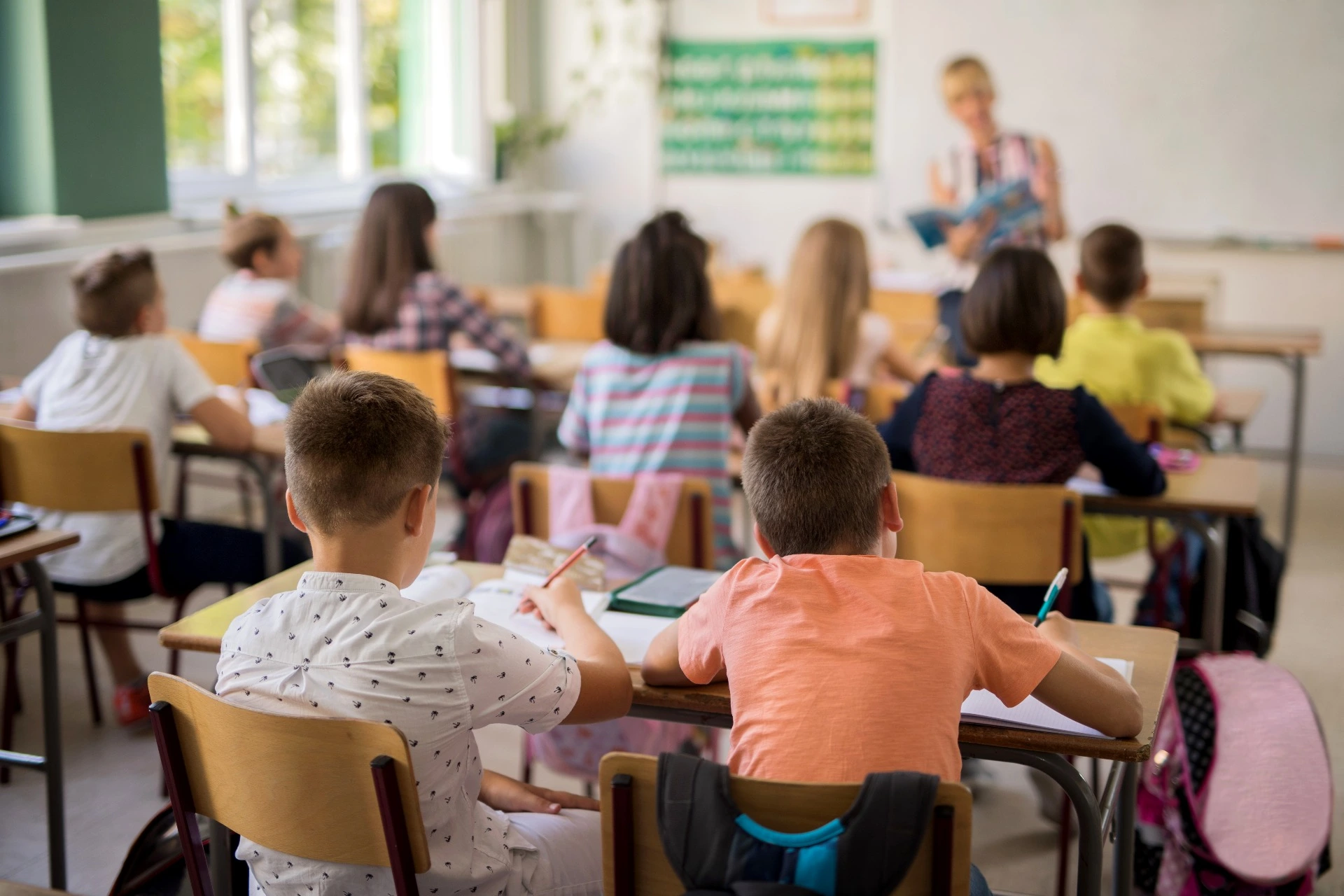PARADIGMS
BEHAVIOURISM
Behaviourism was the dominant way of thinking about learning and education for much of the 20th century and remains a strong influence in our education systems today. It derived much support from behavioural psychologists who claimed knowledge acquisition or learning was a causal process, just like any other natural phenomenon.
In behaviourism, the overall purpose of education is to shape desirable behaviour. Therefore, the desired outcome of learning is a change in the form or frequency of observable behaviour – what people say or do.
Learners are viewed as blank slates and their behaviour is shaped through conditioning and reinforcement. Reinforcement increases the likelihood that a specific behaviour will occur more frequently in the future by delivering or removing a stimulus immediately after a behaviour. Desired behaviours become habits, traits or dispositions as they are reinforced and honed by use over time.

Key Principles
- Purpose of education is to shape desirable behaviour
- Learning is change in form or frequency of observable behaviour
- Emphasis is on producing observable and measurable outcomes
- Learners are blank slates who passively receive information
- Instruction is repetitive; teachers shape behaviour through reinforcement
Key Theorists
Ivan Pavlov, 1849-1936
Ivan Pavlov was a Russian physiologist who focused much of his work on digestion.
Pavlov’s most well-known work focused on dogs and their involuntary tendency to salivate when eating. He attached a small tube to the side of dogs’ mouths that allowed him to measure how much the dogs salivated when fed. But he soon noticed that as the dogs gained experience with the experiment, they often salivated before they began eating. Sometimes they salivated when Pavlov entered the room, before they even saw any food. The sight of the experimenter, which had originally been a neutral experience for the dogs, became associated with the dogs’ original salivation response.
This change in the dogs’ involuntary response, and especially its growing independence from the food as stimulus, eventually became the focus of Pavlov’s research. Psychologists named the process classical conditioning. Classical conditioning occurs when a conditioned stimulus is paired with an unconditioned stimulus. Usually, the conditioned stimulus is a neutral stimulus (e.g., the ringing of a bell), the unconditioned stimulus is biologically potent (e.g., the taste of food) and the unconditioned response to the unconditioned stimulus is an unlearned reflex response (e.g., salivation). After pairing is repeated, the individuals exhibit a conditioned response to the conditioned stimulus when the conditioned stimulus is presented alone.
B.F. Skinner, 1904-1990
B.F. Skinner was an American psychologist and social philosopher.
In his famous “Skinner box” experiment he observed the behaviour of laboratory rats when put in a cage that contained a lever and a small tray. At first the rat would sniff around the cage at random, but eventually it would happen to press the lever and the lever would release a small pellet of food. Gradually the rat would spend more time near the lever and press it more often, getting food more frequently. The rat had discovered that the consequence of pressing the lever was to receive food. Skinner called the changes in the rat’s behaviour an example of operant conditioning.
Skinner often used an approach called shaping to teach a more complex behaviour or series of behaviours. He broke behaviours into many small, achievable steps and at first, reinforced any response that resembles the desired behaviour. He then reinforced the response that more closely resembles the desired behaviour and no longer reinforced the previous response. He continued to reinforce closer and closer approximations of the desired behaviour until the desired behaviour had been achieved. Skinner used shaping to teach pigeons to turn in circles, walk in figure eights, and even playing ping pong.
